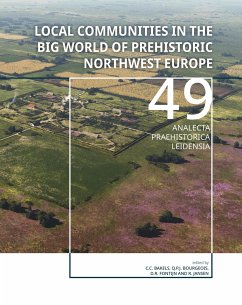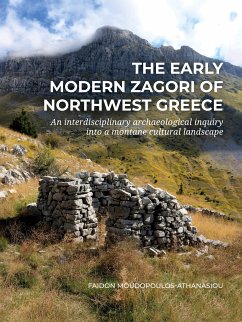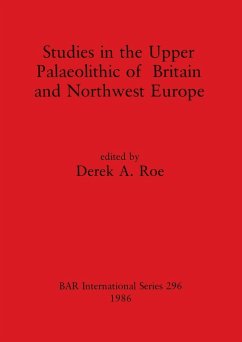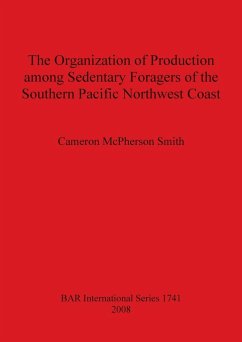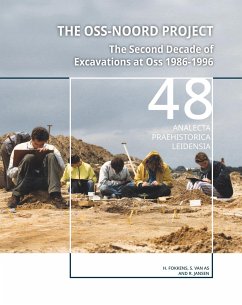
Local communities in the Big World of prehistoric Northwest Europe
Versandkostenfrei!
Versandfertig in 1-2 Wochen
88,99 €
inkl. MwSt.

PAYBACK Punkte
44 °P sammeln!
This volume of Analecta Praehistorica Leidensia focuses on how local communities in prehistory define themselves in relation to a bigger social world.Communities from the deep past managed to make a living in landscapes we tend to perceive as inconvenient, build complex and elaborate monuments with relatively simple tools, and by shaping their landscape carved out a place for themselves in a much bigger social world. The contributions in this volume underscore how small worlds can be big at the same time.ContentsPrefaceSocial memories and site biographies: construction and perception in non-li...
This volume of Analecta Praehistorica Leidensia focuses on how local communities in prehistory define themselves in relation to a bigger social world.
Communities from the deep past managed to make a living in landscapes we tend to perceive as inconvenient, build complex and elaborate monuments with relatively simple tools, and by shaping their landscape carved out a place for themselves in a much bigger social world. The contributions in this volume underscore how small worlds can be big at the same time.
Contents
Preface
Social memories and site biographies: construction and perception in non-literate societies
Johannes Müller
The Dutch abroad? Interpreting the distribution of the 'beaker' culture
John C. Barrett
Early Bronze Age boat graves in the British Isles
Richard Bradley
The nature of a Bronze Age World
Anthony Harding
A triangular Middle Bronze Age trade system of amber, copper and tin 1500-1300 BC
Kristian Kristiansen, Johan Ling
Wetland knowledges: resource specialization and denial
Christopher Evans
Maintaining fertility of Bronze Age arable land in the northwest Netherlands
Corrie Bakels
Bronze Age ancestral communities - new research of Middle Bronze Age burials in the barrow landscapes of Apeldoorn-Wieselseweg
David Fontijn, Arjan Louwen, Quentin Bourgeois, Liesbeth Smits, Cristian van der Linde
And the river meanders on... The intertwined habitation and vegetation history of the river area Maaskant and adjacent sand area of Oss (Netherlands) in Late Prehistory till Early Roman Period
Richard Jansen, Corrie Bakels
Metal surprises from an Iron Age cemetery in Nijmegen-Noord
Peter W. van den Broeke, Emile Eimermann
Communities from the deep past managed to make a living in landscapes we tend to perceive as inconvenient, build complex and elaborate monuments with relatively simple tools, and by shaping their landscape carved out a place for themselves in a much bigger social world. The contributions in this volume underscore how small worlds can be big at the same time.
Contents
Preface
Social memories and site biographies: construction and perception in non-literate societies
Johannes Müller
The Dutch abroad? Interpreting the distribution of the 'beaker' culture
John C. Barrett
Early Bronze Age boat graves in the British Isles
Richard Bradley
The nature of a Bronze Age World
Anthony Harding
A triangular Middle Bronze Age trade system of amber, copper and tin 1500-1300 BC
Kristian Kristiansen, Johan Ling
Wetland knowledges: resource specialization and denial
Christopher Evans
Maintaining fertility of Bronze Age arable land in the northwest Netherlands
Corrie Bakels
Bronze Age ancestral communities - new research of Middle Bronze Age burials in the barrow landscapes of Apeldoorn-Wieselseweg
David Fontijn, Arjan Louwen, Quentin Bourgeois, Liesbeth Smits, Cristian van der Linde
And the river meanders on... The intertwined habitation and vegetation history of the river area Maaskant and adjacent sand area of Oss (Netherlands) in Late Prehistory till Early Roman Period
Richard Jansen, Corrie Bakels
Metal surprises from an Iron Age cemetery in Nijmegen-Noord
Peter W. van den Broeke, Emile Eimermann



